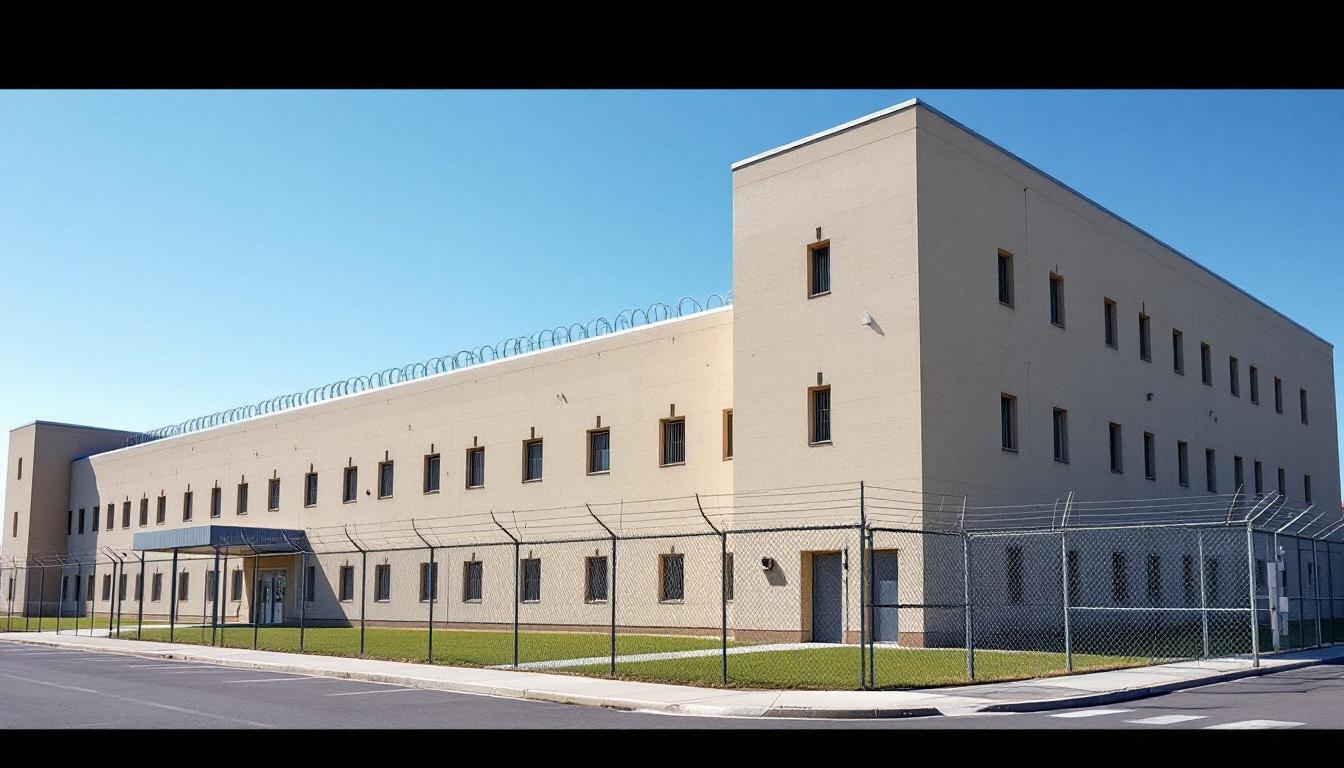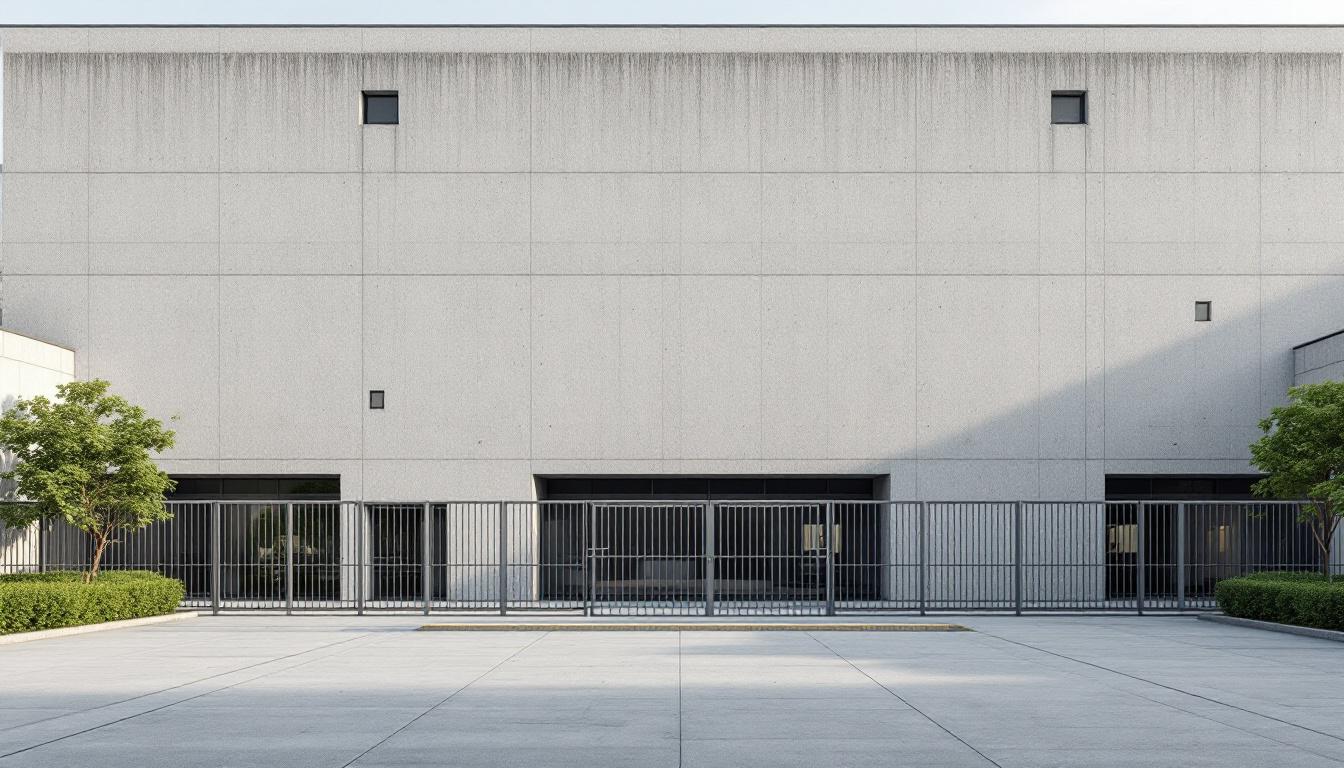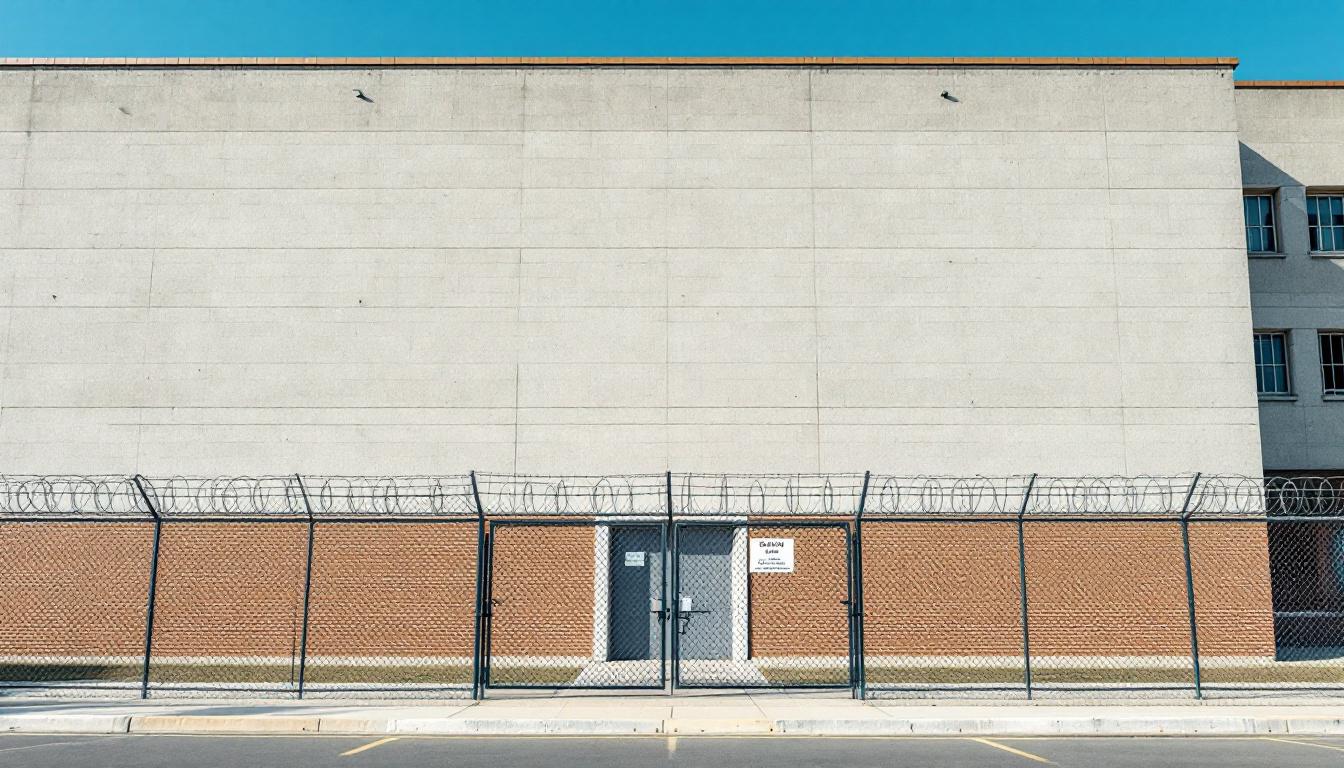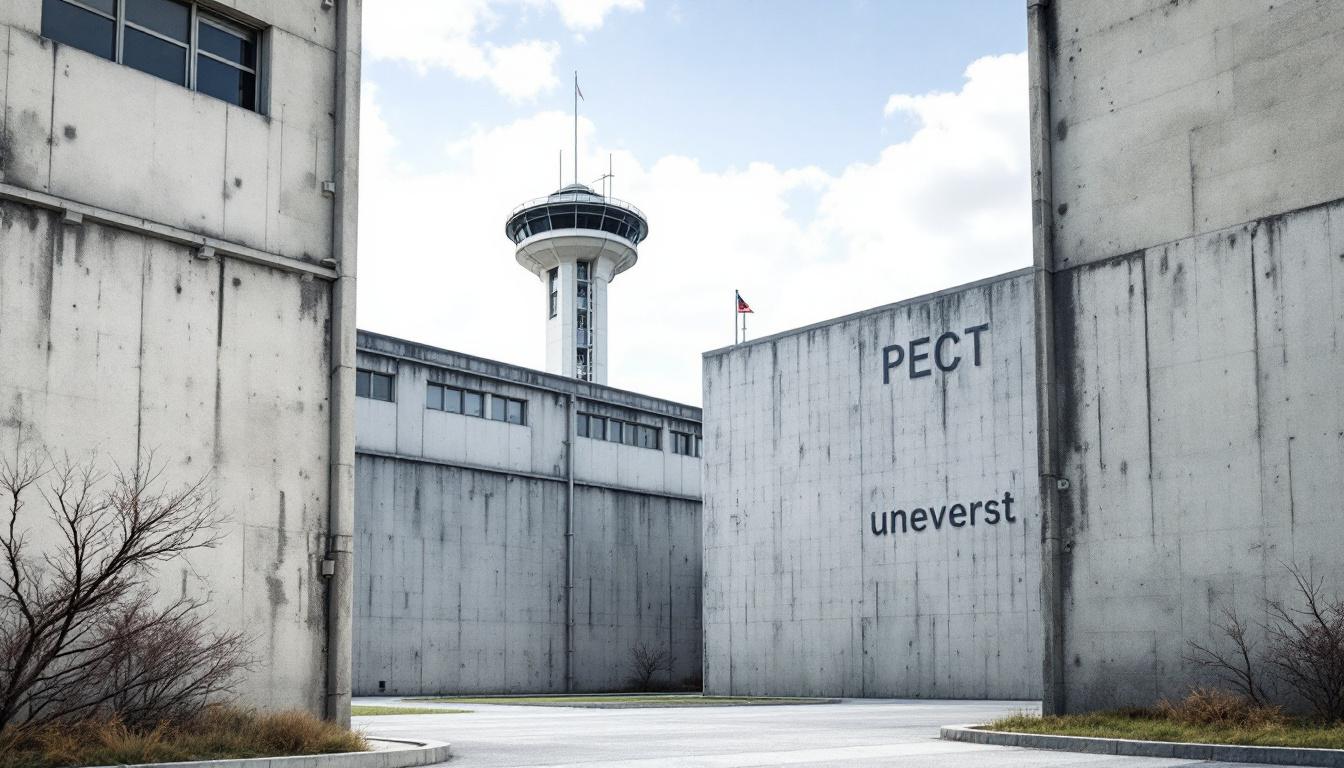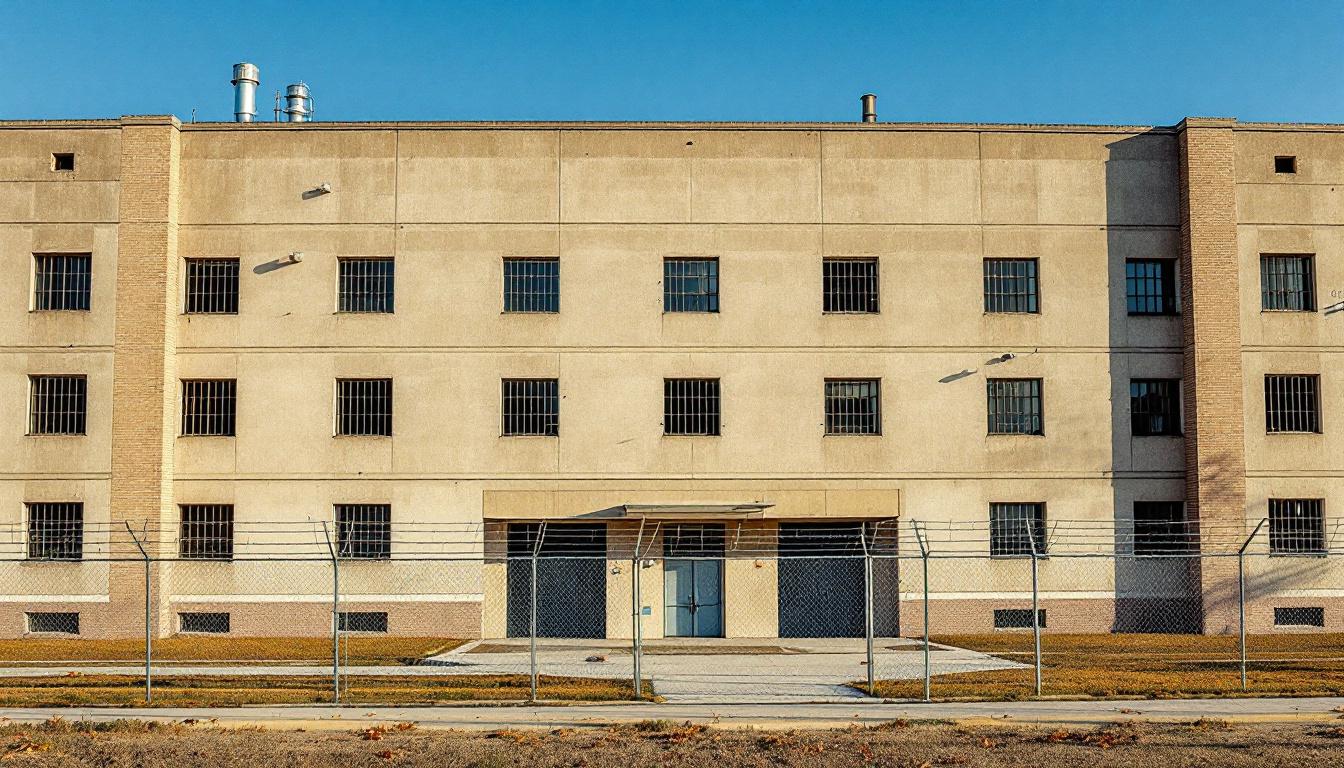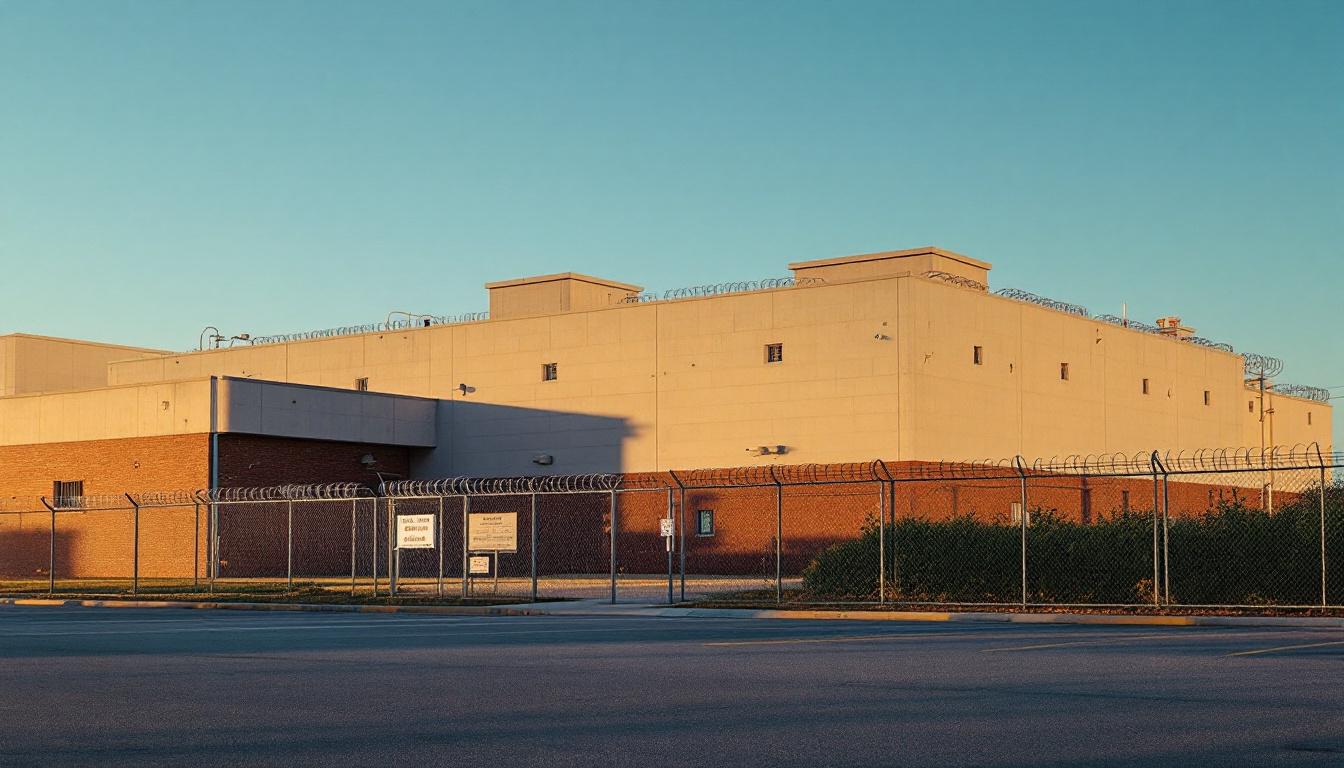
Quick Navigation
How to contact an inmate at Clare County Jail
This comprehensive guide will walk you through how to connect with an inmate at Clare County Jail. Follow the steps below to find an inmate and send letters and photos:
- Search for the inmate using our search tool below
- Create your account or log in to Penmate
- Write your message (up to 6,000 characters)
- Send instantly - inmates receive printed copies daily
Find an Inmate
Search for an inmate to start communicating today
Tip: You can search by first name, last name, or inmate ID number
To contact a person at Clare County Jail start by searching for the person on the facility website. Perform a search by following these steps:
- Step 1: Enter their first name and last name into the search form and click "Search"
- Step 2: Locate their inmate record
- Step 3: Write down their Inmate ID and any housing information provided
Important! Be sure to enter the person's full name. Nicknames should not be used.
How to Send Messages to Inmates

You can use your phone or computer to send emails, letters, and photos to an inmate. Messages are sent electronically to inmate tablets or kiosks at the facility. If you would like to send a message, start by searching for an inmate at Clare County Jail.
Sending Photos and Postcards

A great way to send love and support to a loved one at Clare County Jail is to send photos and postcards. It only takes a few minutes to send photos from your phone and it makes a huge difference. You can also mail postcards with words of support and inspiration, or design your own postcard for special moments like birthdays and holidays.
Important! Be sure not to send any explicit photos or they may not be approved by the facility. You can also use a photo printing app like Penmate to make sure your photos are printed at the correct size (4x6 or 3x5) and are mailed according to the rules and regulations of Clare County Jail.
Frequently asked questions about Clare County Jail
-
How long does it take to deliver a message?
If you're sending an email message your letter is usually delivered within 24-48 hours. For messages sent via mail you should expect delivery within 3-7 days. All messages will need be approved by Clare County Jail.
-
How much does it cost to send a message to Clare County Jail?
You can send a message free using your phone or mail a message via USPS for the price of a $0.60 stamp and envelope. You can also purchase credits or e-stamps from services starting at $1.99.
-
What services can I use to contact an inmate at Clare County Jail?
Penmate
You can use Penmate to send letters and photos to an inmate from your phone. It's an easy way to stay in touch during your loved one's incarceration. Use the inmate locator to find an inmate's location and contact information, then you can send messages within a few minutes.
Securus messaging
Securus may be another option for communicating with an inmate at Clare County Jail. You can create a friends and family account and purchase credits to send messages. All messages will be reviewed and must be approved by the facility.
JPay
Some county jails and state prisons may support sending messages with JPay. You must register an account with the system, find your loved one, and purchase stamps to send messages. For some locations you can also attach photos.
Smart Jail Mail
You may also check if Smart Jail Mail is available at Clare County Jail. Smart Jail Mail is operated by Smart Communications and has contracted with some state and county jails. After purchasing credits, your messages and photos are sent to the facility, printed out, and then handed out to your loved one.
-
What is the mailing address of Clare County Jail?
Mailing address:
Clare County Jail
255 W Main St
Harrison, MI 48625
Phone: (989) 539-7166 -
What are the visiting hours at Clare County Jail?
Visiting hours at Clare County Jail vary by housing unit and security level. Generally, visits are scheduled on weekends and holidays, with some facilities offering weekday visits. Contact the facility directly at (989) 539-7166 or check their website for the current visiting schedule. Visits typically last 30-60 minutes and must be scheduled in advance.
-
What items are prohibited when sending mail to Clare County Jail?
Prohibited items typically include: cash, personal checks, stamps, stickers, glitter, glue, tape, staples, paperclips, polaroid photos, musical or blank greeting cards, hardcover books, magazines with staples, and any items containing metal or electronics. Only send letters on plain white paper with blue or black ink. Photos must be printed on regular photo paper (no Polaroids). Always check with Clare County Jail for their specific mail policies.
-
How do I send money to an inmate at Clare County Jail?
You can send money to an inmate at Clare County Jail through several methods: 1) Online using JPay, Access Corrections, or the facility's approved vendor, 2) Money orders mailed directly to the facility with the inmate's name and ID number, 3) Kiosks located in the facility lobby, or 4) Over the phone using a credit or debit card. Fees vary by method, typically ranging from $2.95 to $11.95 per transaction.
-
Can I schedule a video visit with an inmate at Clare County Jail?
Many facilities now offer video visitation as an alternative to in-person visits. At Clare County Jail, video visits may be available through services like Penmate, Securus Video Connect, GTL, or ICSolutions. Video visits typically cost $10-20 for 20-30 minutes and must be scheduled in advance. You'll need a computer or smartphone with a camera and reliable internet connection. Contact the facility for their specific video visitation policies and approved vendors.
-
What identification do I need to visit an inmate at Clare County Jail?
All visitors must present valid government-issued photo identification such as a driver's license, state ID, passport, or military ID. Minors must be accompanied by a parent or legal guardian who can provide the minor's birth certificate. Some facilities require visitors to be on the inmate's approved visitation list, which may require a background check. Contact Clare County Jail for specific ID requirements and visitor approval procedures.
-
How can I find out an inmate's release date?
To find an inmate's release date at Clare County Jail, you can: 1) Use the online inmate search tool if available, 2) Call the facility's records department, 3) Contact the inmate's case manager or counselor, or 4) Have the inmate provide this information during a call or visit. For privacy reasons, some facilities only release this information to immediate family members.
Facility Overview

About Clare County Jail
Nestled in the heart of Harrison, Michigan, the Clare County Jail, MI serves as a vital component of the region's criminal justice infrastructure, processing individuals through various stages of the legal system while maintaining connections to the broader community. This MI correctional facility operates within the framework of Michigan's county-level corrections network, handling pre-trial detention, sentenced individuals serving shorter terms, and those awaiting transfer to other facilities.
The facility typically emphasizes a process-oriented approach to managing residents services, often incorporating educational opportunities and rehabilitation-focused programming that may include substance abuse counseling, job readiness training, and basic educational services. Community partnerships generally play a significant role in supporting these initiatives, with local organizations potentially providing resources for mental health services, vocational training, and reentry preparation. The county jail may also coordinate with regional healthcare providers, educational institutions, and social service agencies to address the diverse needs of individuals in custody.
Harrison's location in central Michigan positions this correctional facility within a network of rural and semi-rural communities, where collaboration between law enforcement, social services, and community organizations often proves essential for effective rehabilitation efforts. The facility's approach to programming typically reflects the challenges and opportunities present in smaller Midwest communities, where personal connections and community-based support systems may significantly influence successful reintegration outcomes for individuals returning to society.
Programs & Services
Comprehensive rehabilitation through structured learning opportunities forms the cornerstone of transformative initiatives designed to address the multifaceted needs of residents. The facility's approach emphasizes skill development and personal growth through carefully coordinated programming that recognizes education and vocational training as fundamental pathways to successful community reintegration. This philosophy acknowledges that meaningful change occurs when residents are provided with tangible tools and knowledge that directly translate to post-release opportunities.
Educational initiatives typically encompass a broad spectrum of academic advancement opportunities, ranging from adult basic education for those seeking foundational literacy skills to comprehensive high school diploma programs that enable residents to complete their secondary education. These academic pathways often integrate with vocational education components, creating a holistic learning environment where theoretical knowledge complements practical skill development. Additionally, specialized certification programs such as HVAC training may provide residents with industry-recognized credentials in high-demand fields, potentially opening doors to stable employment opportunities upon release.
Support services extend beyond traditional classroom learning to address the comprehensive needs of residents preparing for community reentry. The prisoner reentry initiative typically focuses on developing essential life skills, addressing barriers to successful transition, and connecting residents with community resources that support long-term stability. Additionally, recreational programming such as intramural sports may offer residents structured physical activity that promotes teamwork, discipline, and stress management while fostering positive social interactions within the facility environment.
Daily Life & Visitation

Structure and predictability now form the cornerstone of each day, with carefully planned schedules that residents regularly follow from early morning wake-up calls through evening lockdown procedures. The consistent rhythm of daily activities typically begins with breakfast service, followed by work assignments, educational programming, and designated recreation periods that deliver stability through their unwavering routine. Residents generally find that this structured approach helps establish a sense of normalcy, as meal times, count procedures, and program schedules occur at predictable intervals throughout each day.
Living accommodations within the facility typically consist of shared housing units where residents are assigned beds and provided with basic necessities including bedding, personal hygiene items, and storage space for approved personal property. While the environment may feel restrictive, residents usually have access to common areas during designated hours where they can interact with others, watch television, or participate in recreational activities. Additionally, the facility generally maintains a commissary system that allows residents to purchase approved items such as snacks, toiletries, and writing materials, providing some personal choice within the structured environment.
Programming schedules often include educational opportunities, substance abuse counseling, and work assignments that may involve kitchen duties, facility maintenance, or laundry services, all of which deliver meaningful structure to daily life. Visitation policies typically allow family members and approved visitors to maintain contact through scheduled visits, while communication options usually include monitored phone calls and correspondence. While these connections with loved ones are carefully regulated for security purposes, they generally provide residents with important emotional support and help maintain family relationships during their time at the facility.
Ready to Connect?
Start communicating with your loved one today
Search for an Inmate




